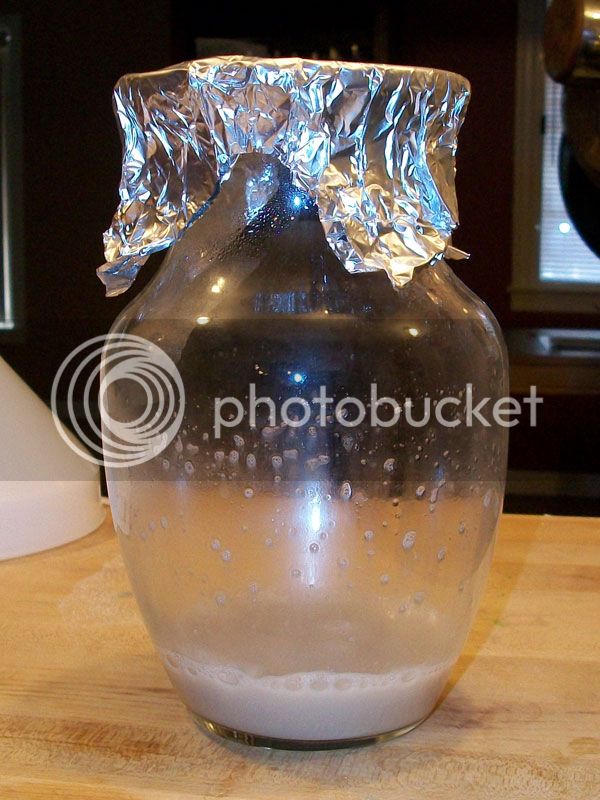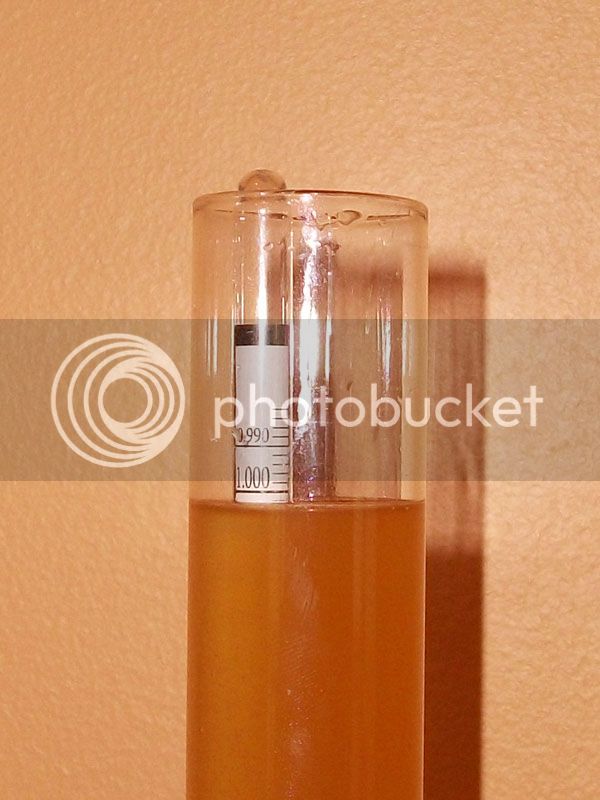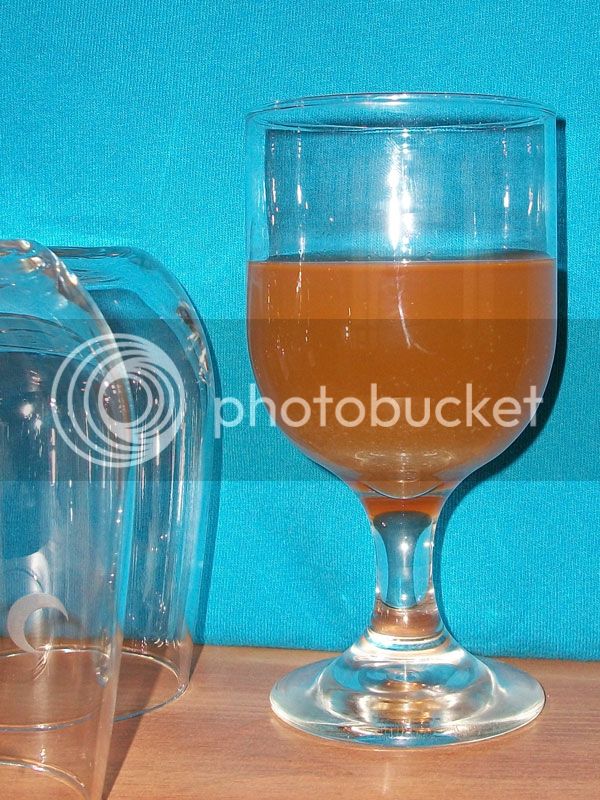This thread is amazing

I was so inspired I decided to try it out with a small wort sample. I put about 4oz of ~1.030 wort in a mason jar and set it out under my covered front porch for 2 hours or so one evening. The temperature was about 53º F. After bringing it inside I transferred the wort to a sanitized beer bottle and attached an air lock.
After a week or so I checked the bottle and there was evidence of a krausen line roughly two fingers above the water level and a nice layer of light sediment on the bottom. I stuck the bottle in the fridge to cold crash for a few days.
I decanted a bit of the beer off the top to sample. It tasted very similar to a saison yeast, not sour but a bit of tartness, spice and funk. Now that I had a ballpark category I planned out a half batch saison recipe to run as a test. I decided on a simple extract recipe to save time and effort:
Stats
OG: 1.049 SG
FG: 1.006 SG
AA: 87.1%
ABV: 5.7%
IBU: 29.4
Color: 8 SRM
Fermentables
1.5lbs - Pilsner DME
6 oz. - CaraMunich III (steeped)
8 oz. - turbinado sugar
Hops
.25 oz - Perle 9.0% AA at 60 min.
.25 oz - Perle 9.0% AA at 10 min.
I stepped up my yeast to a 600 mL starter and this is what it looked like after cold crashing and decanting:
Looks like yeast to me :rockin:
I brewed my batch a week ago today and stuck it in my old MR. BEER keg to ferment (I guess it's good for something after all). The yeast took off in about 8 hrs and started slowing down 3 days later. I was curious so I pulled a sample and the gravity was 1.006 already

The taste was unlike anything I've tasted before. It was absolutely delicious. Very dry but with a lingering sweetness. The flavor was fruity with a noticeable estery peach flavor (the yeast was harvested in GA after all :fro: ) as well as subtle mango/tropical fruit notes. There was not really any funk to speak of and no off flavors. I can't believe I lucked out with such a flavorful yeast!
I pulled another sample this afternoon and it's still going:
1.004 SG. That's over 91% attenuation!
Here's what it looks like:
Still a lot of yeast in suspension, but almost all of it flocculated out with a short time in the fridge. It should end up pretty clear when it's finished.
I'm going to let it ride for a few more weeks and maybe secondary in a couple gallon jugs for a while just to make sure something else (like Brett) doesn't decide to show up. I'll be bottling so I don't want any bottle-bombs.
Any idea of a good time frame to make sure it's done?
Thanks, and sorry for the long post


















![Craft A Brew - Safale S-04 Dry Yeast - Fermentis - English Ale Dry Yeast - For English and American Ales and Hard Apple Ciders - Ingredients for Home Brewing - Beer Making Supplies - [1 Pack]](https://m.media-amazon.com/images/I/41fVGNh6JfL._SL500_.jpg)
















































